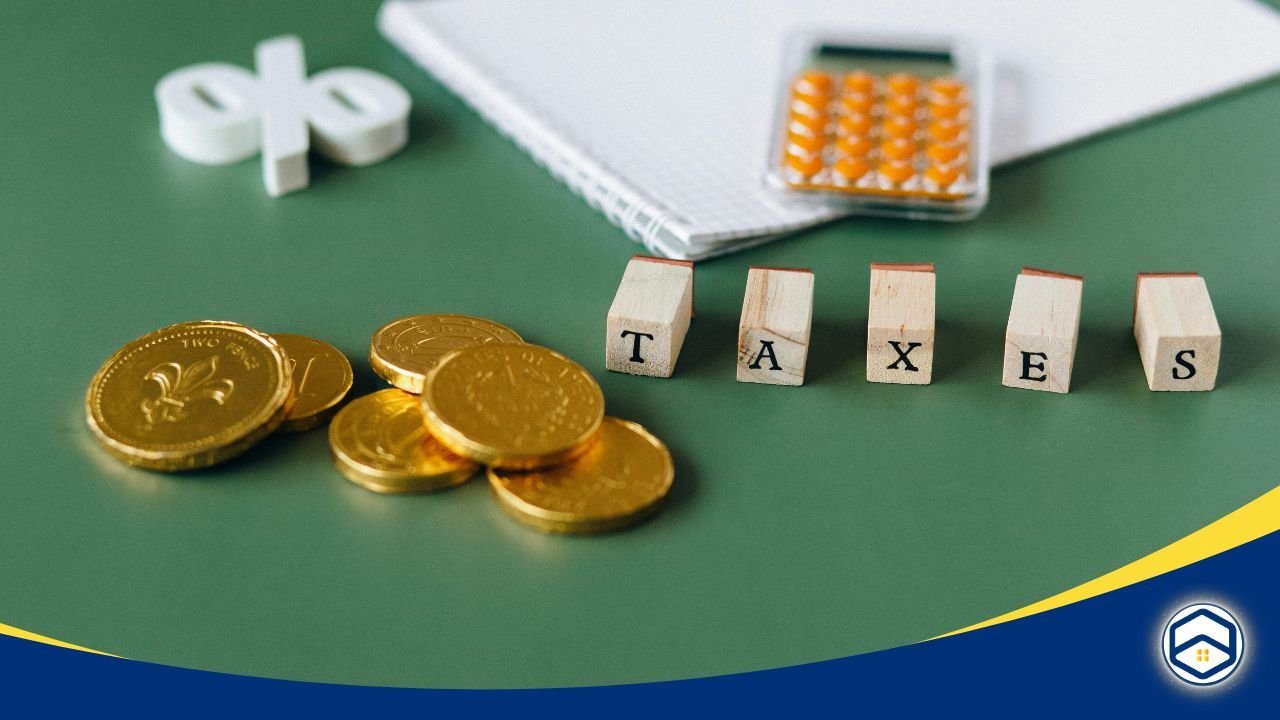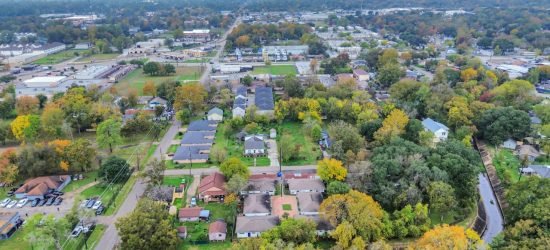The “Welcome Tax,” also known as the “Transfer Tax” or “Land Transfer Tax,” is a fee imposed by some municipalities and regions on the transfer of property ownership. This tax is typically paid by the buyer of the property at the time of purchase. Calculating the welcome tax can vary depending on the jurisdiction, as different regions have different rules, rates, and methods of calculation. In this guide on how to calculate the welcome tax, we will walk through the general process of calculating the welcome tax, highlighting specific examples from various regions to provide a comprehensive understanding.
Understanding the Basics of Welcome Tax

What is Welcome Tax?
The welcome tax is a one-time fee paid when you purchase a property. The purpose of this tax is to generate revenue for local governments to support community services and infrastructure. Knowing how to calculate the welcome tax is essential for anyone buying property, as it affects the total cost of the purchase.
Key Factors Influencing Welcome Tax Calculation

To fully grasp how to calculate the welcome tax, it is important to consider several key factors:
- Property Value: The assessed value or the purchase price of the property plays a significant role in the calculation. Depending on the jurisdiction, the tax may be based on the higher of the two values. Understanding how to calculate the welcome tax accurately starts with knowing the precise value of the property.
- Jurisdiction Rates: Different regions have different tax rates and brackets. Understanding these rates is crucial for accurate calculation. For instance, some areas use a tiered system with varying percentages applied to different portions of the property value. Knowing the specific rates in your area is a vital step in how calculating the welcome tax correctly.
- Type of Property: The nature of the property—whether residential, commercial, or industrial—can influence the applicable tax rate. Some jurisdictions may have higher rates for commercial properties compared to residential ones. This distinction is crucial in understanding how to calculate the welcome tax for different types of properties.
- Exemptions and Rebates: Some jurisdictions offer exemptions or rebates to alleviate the financial burden for certain buyers. For example, first-time homebuyers may be eligible for a rebate, reducing the overall amount of welcome tax payable. Additionally, specific types of properties or transactions may qualify for exemptions, impacting the final tax calculation. Knowing how to calculate the welcome tax with these exemptions can lead to significant savings.
By considering these factors, you can better understand how to calculate the welcome tax and ensure accurate and compliant payment based on your property’s unique circumstances. This comprehensive knowledge will help you navigate the complexities of property purchase and avoid any unexpected financial surprises.
Step-by-Step Guide to Calculate Welcome Tax

Step 1: Determine the Property Value
Understanding how to calculate the welcome tax begins with accurately determining the property’s value. The welcome tax is typically based on the property’s purchase price or its assessed value, whichever is higher. For this example, let’s assume you are purchasing a home for $500,000. Knowing the exact value is the first crucial step in the process of how to calculate the welcome tax.
For this example, let’s assume you are purchasing a home for $500,000. Here are the detailed steps to determine the property’s value:
- Assess the Purchase Price: The purchase price is the amount agreed upon by the buyer and the seller during the property transaction. This value is straightforward if it’s the agreed sale price, but it’s essential to ensure that it reflects the market conditions accurately.
- Determine the Assessed Value: The assessed value is often determined by a government or municipal body based on various factors such as location, size, and condition of the property, as well as recent sales of similar properties in the area. This value can be found on the property tax bill or through a municipal assessment office.
- Compare Both Values: In many regions, the welcome tax is calculated based on the higher of the two values—the purchase price or the assessed value. This is done to ensure that the tax reflects the fair market value of the property and prevents undervaluation for tax purposes.
- Consider Any Recent Improvements or Changes: If there have been significant renovations or changes to the property that might not be reflected in the assessed value, these should be taken into account as they might affect the property’s current market value.
By thoroughly assessing both the purchase price and the assessed value, you can determine the appropriate figure to use for calculating the welcome tax. Knowing the exact value is the first crucial step in the process of understanding how to calculate the welcome tax accurately.
Step 2: Identify the Applicable Tax Rate and Brackets
The next step in how to calculate the welcome tax involves identifying the applicable tax rates and brackets for your specific region. Tax rates can vary significantly between regions, and understanding these differences is essential for accurate calculation. For simplicity, we will examine examples from Montreal, Toronto, and British Columbia.
Example 1: Montreal, Quebec
In Montreal, the welcome tax is calculated using a tiered rate system:
- 0.5% on the first $55,200
- 1.0% on the portion between $55,200 and $276,200
- 1.5% on the portion between $276,200 and $500,000
- 3.0% on any amount exceeding $500,000
To calculate the welcome tax for a $500,000 property:
- Calculate 0.5% on the first $55,200: 0.5%×55,200=$2760
- Calculate 1.0% on the portion between $55,200 and $276,200: 1.0%×(276,200−55,200)=1.0%×221,000=$2,210
- Calculate 1.5% on the portion between $276,200 and $500,000: 1.5%×(500,000−276,200)=1.5%×223,800=$3,357
Total welcome tax:
$276+$2,210+$3,357=$5,843\$276 + \$2,210 + \$3,357 = \$5,843$276+$2,210+$3,357=$5,843
Example 2: Toronto, Ontario
Toronto uses the following rates for its Municipal Land Transfer Tax (MLTT):
- 0.5% on the first $55,000
- 1.0% on the portion between $55,000 and $250,000
- 1.5% on the portion between $250,000 and $400,000
- 2.0% on the portion between $400,000 and $2,000,000
To calculate the MLTT for a $500,000 property:
- Calculate 0.5% on the first $55,000: 0.5%×55,000=$275
- Calculate 1.0% on the portion between $55,000 and $250,000: 1.0%×(250,000−55,000)=1.0%×195,000=$1,950
- Calculate 1.5% on the portion between $250,000 and $400,000: 1.5%×(400,000−250,000)=1.5%×150,000=$2,250
- Calculate 2.0% on the portion between $400,000 and $500,000: 2.0%×(500,000−400,000)=2.0%×100,000=$2,000
Total MLTT:
$275+$1,950+$2,250+$2,000=$6,475
Additionally, in Toronto, there is also a Provincial Land Transfer Tax (PLTT), calculated using the same rates as above. Therefore, the total welcome tax in Toronto would be:
MLTT+PLTT=2×$6,475=$12,950
Example 3: British Columbia

In British Columbia, the Property Transfer Tax (PTT) rates are:
- 1.0% on the first $200,000
- 2.0% on the portion between $200,000 and $2,000,000
To calculate the PTT for a $500,000 property:
- Calculate 1.0% on the first $200,000: 1.0%×200,000=$2,000
- Calculate 2.0% on the portion between $200,000 and $500,000: 2.0%×(500,000−200,000)=2.0%×300,000=$6,000
Total PTT: $2,000+$6,000=$8,000
Step 3: Apply Exemptions and Rebates

Understanding how to calculate the welcome tax also involves knowing about potential exemptions and rebates, which can significantly reduce the tax burden. Some regions offer these financial reliefs, particularly for first-time homebuyers, to make property ownership more accessible.
If the buyer in our Toronto example is a first-time homebuyer, they would receive a $4,000 rebate on the PLTT:
Total welcome tax=(MLTT+PLTT)−Rebate=$12,950−$4,000=$8,950
Step 4: Calculate the Final Welcome Tax
Combine the results from the applicable rates and brackets, apply any exemptions or rebates, and you will have the final welcome tax amount.
Summary of Examples
- Montreal: $5,843
- Toronto (Non-First-Time Home Buyer): $12,950
- Toronto (First-Time Homebuyer): $8,950
- British Columbia: $8,000
Conclusion
Calculating the welcome tax requires understanding the specific rates and brackets applied in the property’s location. Knowing how to calculate the welcome tax is crucial because it directly affects the overall cost of purchasing a property. It’s essential to be aware of any available exemptions or rebates that could reduce the tax burden, especially for first-time homebuyers or those buying certain types of properties. By following the steps outlined in this guide, you can accurately determine the welcome tax for your property purchase.










